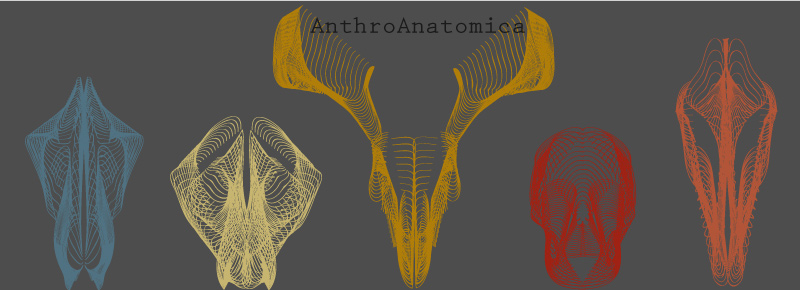Digitigrades like a cheetah and unguligrades such as horses have a stride advantage by having longer limbs distal from what would be the knee joint. Simply a lengthening of the metatarsals.
 |
| The length of the femurs represented above are equal in length across the different classes for comparison. |
 |
| Check out just how thin the lower leg is on a horse, those long tendons and the canon bone are really the only thing they've got; there's no muscle. Find more plates like this Here. |
This video is taken from "Inside Nature's Giants - The Race Horse" - (Channel 4). It's a dramatic example of just how much force is stored in the tendons once they are under stress. Energy that would otherwise be lost is recovered via this elastic strain energy. This would make Beast's flat hand very energy inefficient whilst running, and even the bony arch of the human foot is rather inflexible and still a long way from holding the capacity of elastic strain of even a digitigrade.
So if you were designing a character that's a serious fast runner - biological or mech, you might want to give them a shorter thigh in relation to the lower leg to extend that stride and go easy on the musculature of the lower leg, giant muscles don't always create giant forces, that depends on their position on the limb in terms of leverage! Of course, these are not the only things to consider for a set of biped digitigrade legs...

So elephants aren't actually unguligrade or, at least, digitigrade? Is the lifting up of the ankle joint with giant pads behind their metatarsals/carpals (so that their calcaneus is raised up) compensated or negated by the flat bottoms of their feet, making them plantigrade? Or is an animal's grade more a matter of limb bone proportions than ankle position and which bones come into contact with the ground?
ReplyDeleteElephants and a couple of other animals are a little confusing in that from their skeletons they look digitigrade because of the raised tarsals. However they are functionally plantigrade because the foot has a massive fat pad at the heel to distribute the weight.
DeleteMetapodials I should say, not tarsals :)
DeleteI loved that inside nature's giants episode :) shows that less toes are better! Longer, fewer tarsals and Phalanges allow for the musculature that together makes for a better runner
ReplyDeleteI just want to state that the limb used in that video had heels that were too high which has no bearing on drawings but in real life will cause more stress on all the tendons and ligaments in the leg. Short heels=efficient limb. This horse was essentially being forced to walk on his toe, in high heeled shoes. If you aren't familiar Id suggest giving it a try, it makes for an interesting experiment in balance.
ReplyDelete